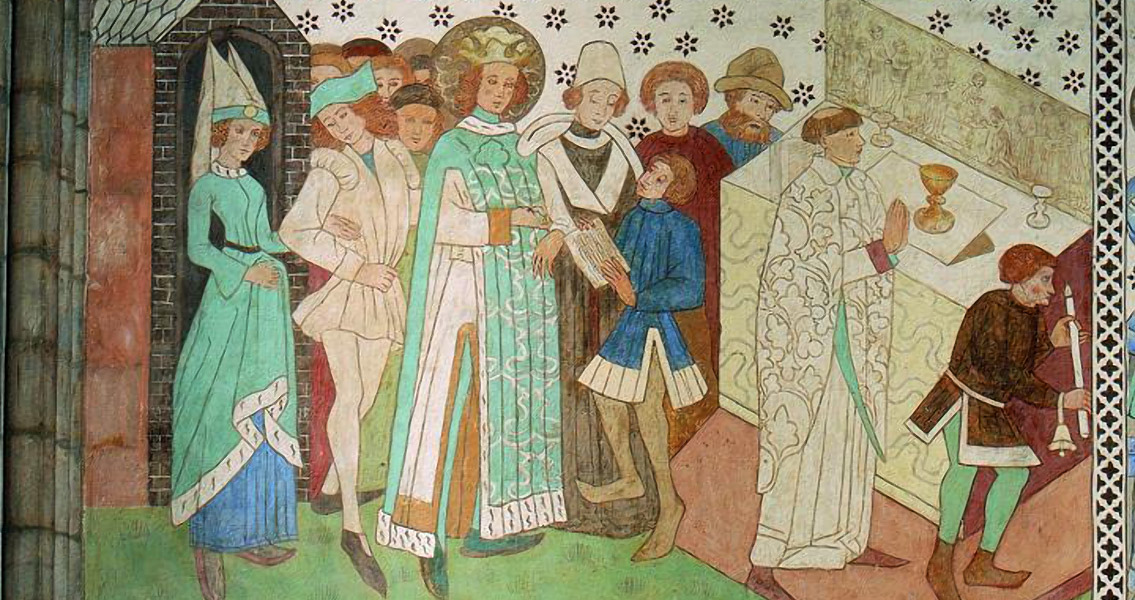<![CDATA[The remains of a Catholic saint and medieval Swedish king have been subjected to a round of modern scientific study in order to glean more about the iconic figure. There’s little in the way of contemporary sources that describe the life and times of Erik Jedvardsson, a near-legendary figure from the twelfth century. A late thirteenth century account of his life describes him as a fair ruler and devout Christian who went so far as to lead the charge against Finland in a crusade. While he lost his life in 1160 defending his throne from the forces of a Danish upstart, his remains have been ensconced in a reliquary in Uppsala Cathedral from 1257 – at least that’s how the legend goes. The remains in that reliquary underwent thorough analysis in 1946, well before the modern analysis methods used today were developed. In order to gain a better understanding of just who this legendary saint and figure might have been in life, the reliquary was opened once more in 2014, exposing the remains to a battery of tests. The findings of these tests – and the exhaustive analysis of the results – have now been made available to the public. Spearheaded by Uppsala University’s Sabine Sten, a professor of osteoarchaeology, the research study gathered exhaustive information regarding King Erik’s life and death, revealing details of his genealogy, his diet, and his overall health before he was killed. A press release from the university accompanying the publication of the research results details how, based on the strength and density of his bones, Erik was around 35 to 40 years old at the time of his death and was likely to have been the beneficiary of an excellent diet, as well as being quite physically active. In fact, his bone density was, in comparison to the young adults of this age, around 25 percent higher – indicating he was likely to have cut a powerful figure. Meanwhile, the research revealed Saint Erik might just have earned that title based on his piety. Isotope analysis of his remains show he had a regular diet consisting of freshwater fish, something that is consistent with Christian doctrine calling for regular fasts where eating red meat is not permitted. The stability of the isotopes also indicate that the last ten years of his life were largely spent in the vicinity of Västergötland, a province located to the south of Uppsala. Genetic analyses of DNA samples taken from the medieval king’s remains have yet to be completed, though the university researchers have confirmed there was viable genetic information recovered. Hopes are running high that, once completed, the results will be able to provide some answers regarding Erik’s genealogy. The legend of the saint’s death – where he was defeated in battle by a swarm of enemy soldiers and eventually beheaded – may bear some truth as well, judging from the evidence of wounds suffered before death. Seven out of the nine cuts he received on his last day were found on the legs, yet none were located on the arm or ribs, leading researchers to believe the king had been wearing an armored hauberk that left his legs exposed. The cuts on his shin bones were indicative that he had been lying prone (face-down) when he received the wounds. The results of the research study are yet to be published. Image courtesy of Anders Damberg ]]>
St. Erik’s Remains Subjected to Modern Scientific Study
